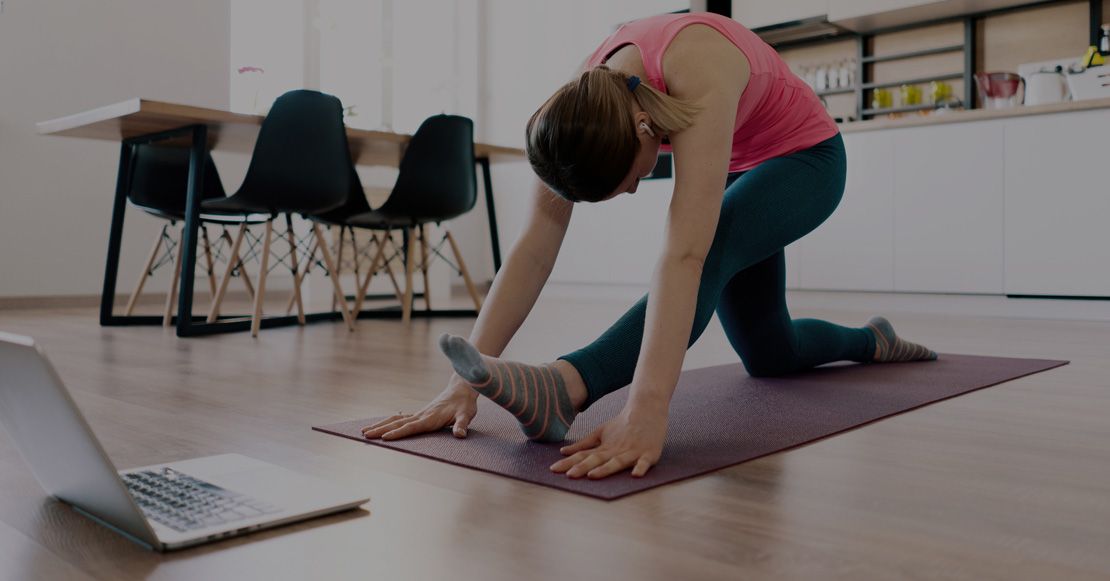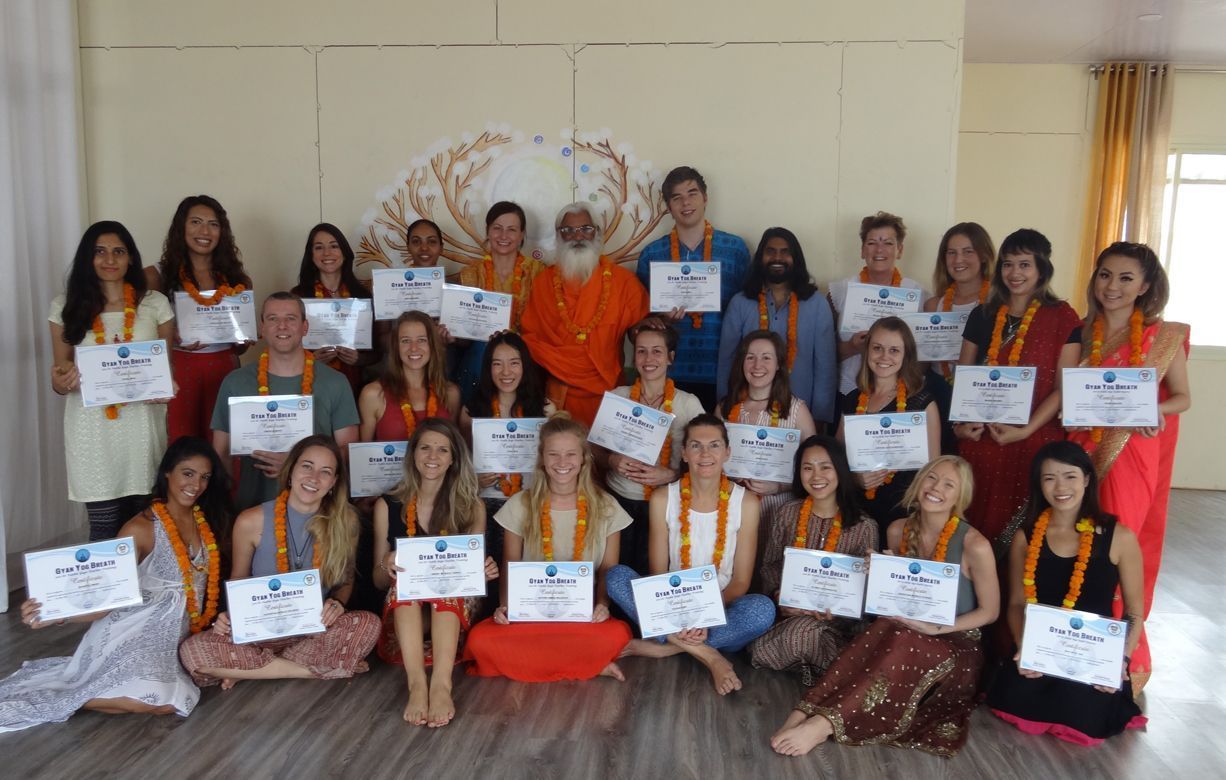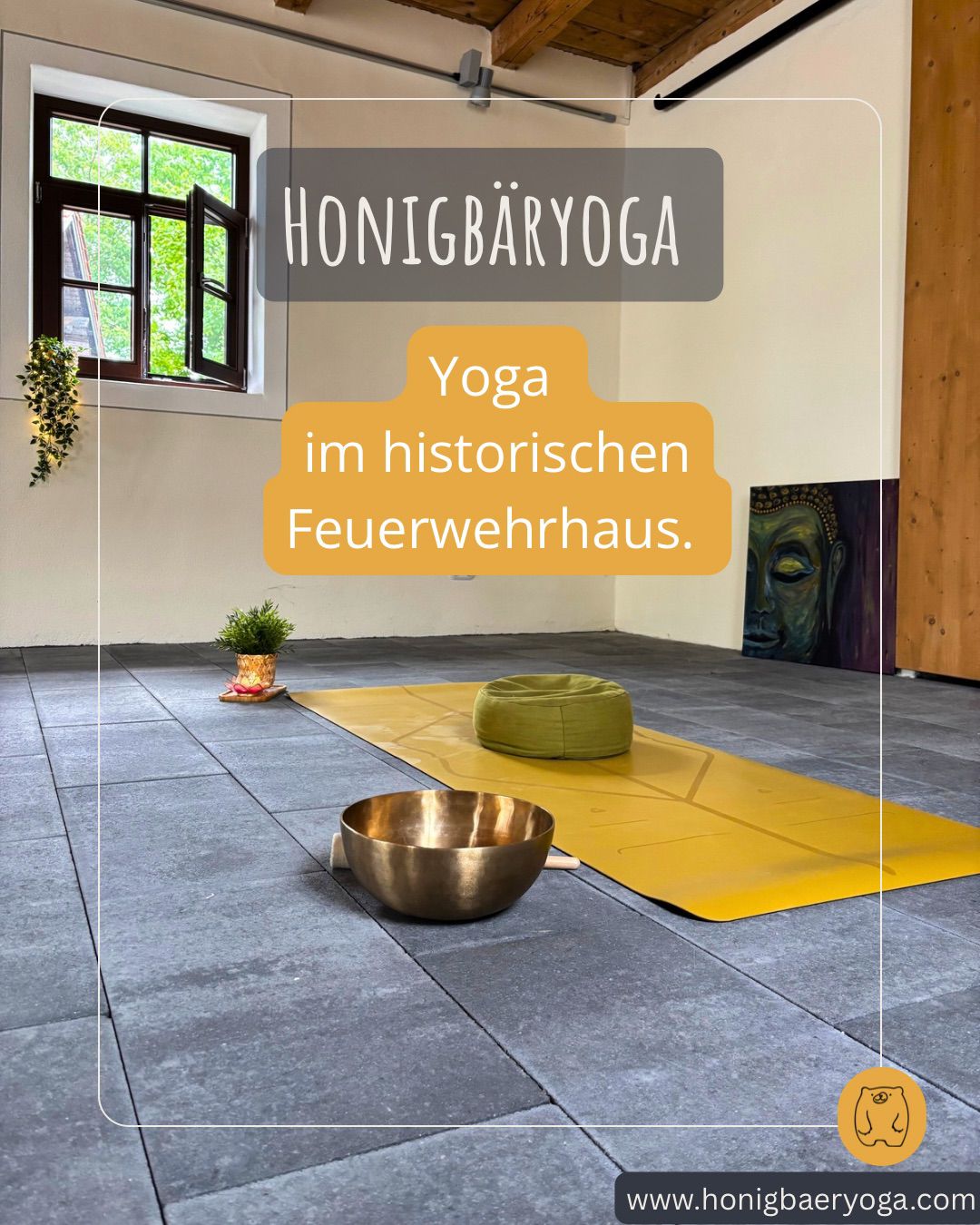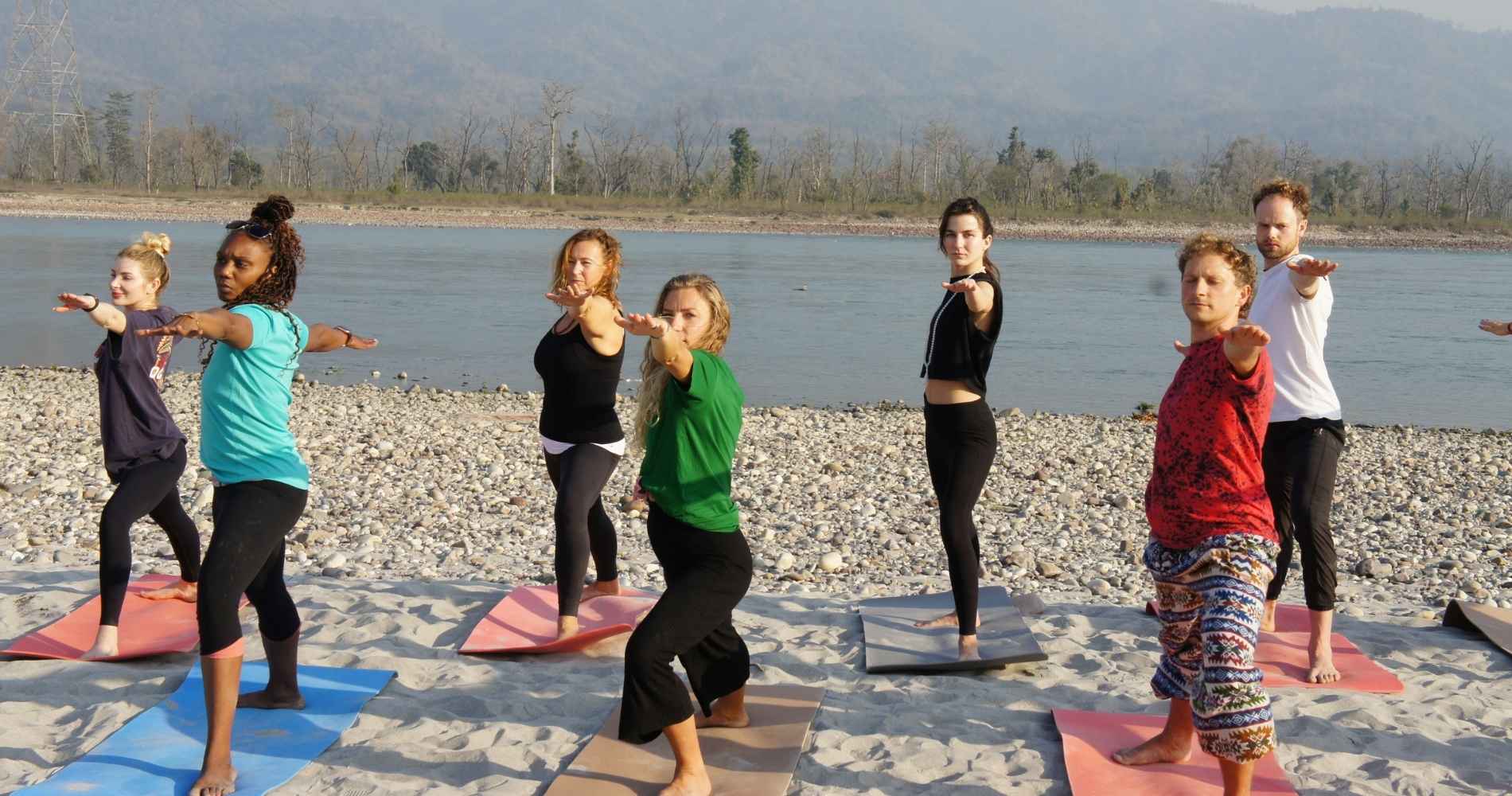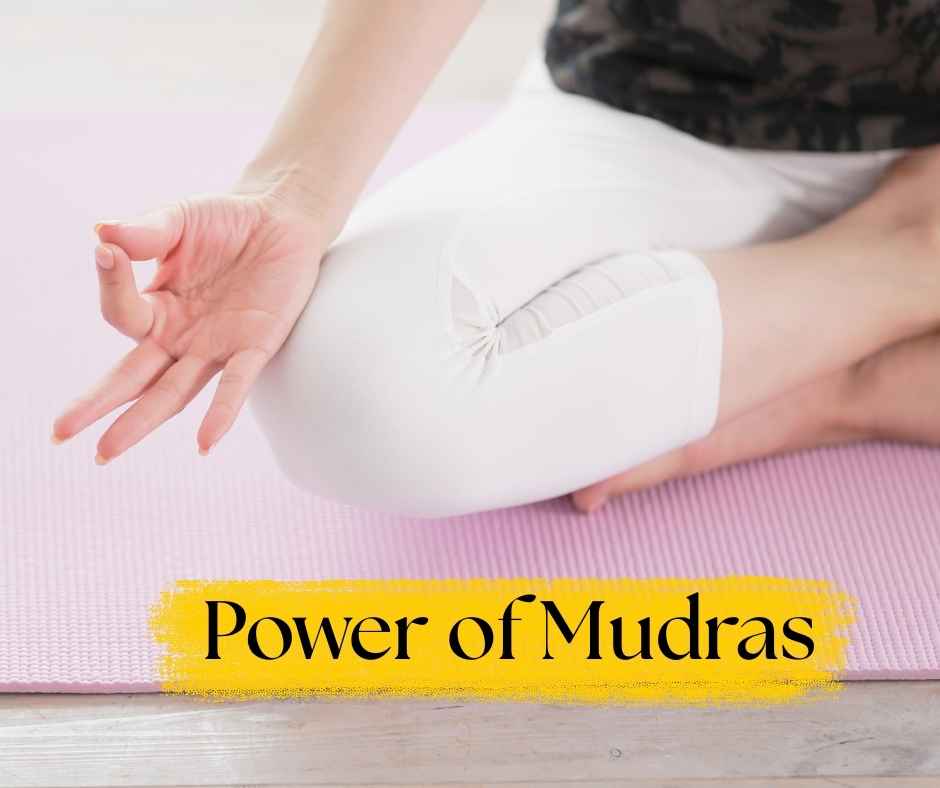How to Create More Challenging and Diverse Yoga Classes – 5 Insider Tips
As a yoga teacher, you are a tool to help others feel more connected with themselves. Create more challenging and diverse yoga classes is important. While teaching, you need to always remember that you are a student as well and that learning for you is as important as it is for your students.
Creating fun, calming, and enriching classes allow your students to flow, grow and experience the bliss of yoga. While teaching beginners lets you remember the basics of asana, stretching, and improving flexibility, more advanced students will expect more focus on alignment, props, and challenging postures.
To create more challenging and diverse yoga classes for any level, you should check out these 5 insider tips:
1. Start your class from a new perspective
Most asana classes start while everyone sits on their mat. This does create a grounding start, however, you can also kick start your class while standing. Breaking people’s expectations and changing habits promotes a new feeling, diversity, and surprise. You may want to try this one out; jump straight into standing warm-ups and flow over to Surya namaskar.
2.Integrate partner work
It’s not only fun to practice certain yoga poses in pairs, but it also creates a warm connection between your students. A positive community/ group feeling allows everyone to feel more relaxed and secure while decreasing competition and isolation. Example: When performing Paschimottanasana, both students’ feet touch and the hand interlocked with each other. Pull forth and back while keeping the knee capsules locked.
3. Use the wall for improving arm strength
Working with a wall is probably nothing new for you. We noticed that some students feel insecure when it comes to inversions and hand-stands. Many feel shy and secretly wish to finally be able to gain more strength in their arms. So here’s a cool technique that literally anyone can use to improve: Sit in Dhandhasana with the back to the wall. Place your hands where the feet are and bring your feet to the wall. Create a 90-degree angle (legs and trunk/arms) and hold this for 30 seconds to 1 minute.
4.Play with Sanskrit terms and explanations
Using the right vocabulary and mentioning the Sanskrit terms of each pose lets your students not only learn about the origin of yoga, it also motivates them to gain expertise and understand the posture better. You may also want to try to share more benefits and cautions of each posture you are teaching so that your students comprehend and advance.
5. Make use of your voice
How do you use your voice during class? Are you speaking very quietly, calmly, and softly? Or are you a bit louder, clear, and sharp? Finding your unique teaching expression and spontaneous voice has a huge effect on your students. Staying calm and supportive is always a priority, but you can try to use a little more voice to improve your student’s attention and posture awareness.

